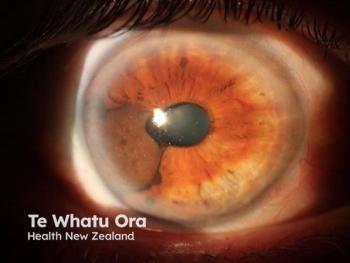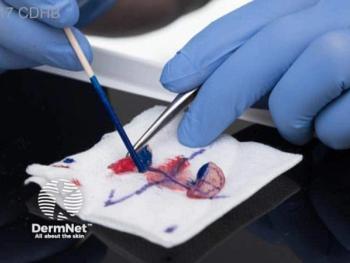
Community Dermatologist and Understanding Skin Damage
Expert dermatologist Susan Taylor, MD, FAAD, provides education to community dermatologists about the pathophysiology of skin damage
Episodes in this series

Susan Taylor, MD, FAAD: Community dermatologists are very eager to learn about the differences in the damage that occurs in different skin types from sun exposure. They are learning that individuals with lighter skin tones are much more susceptible to UV damage, which occurs throughout the epidermis and that damage can lead not only to sunburns, but also to skin cancer that it can generate cyclobutane that affects DNA or cause DNA lesions leading to skin cancer. Community dermatologists understand that individuals with darker skin tones are somewhat less sensitive to damage imparted by UV exposure. They understand that damage, or are beginning to understand, in individuals with darker skin tone that the damage is limited to the upper layers of the epidermis due to the protective effect of your melanin. They also know that in individuals with darker skin tone, there’s more efficient DNA repair. Melanin helps to protect the skin, particularly from sunburn as well as cancer. Although, it’s very important for all dermatologists to realize that individuals with darker skin tone can and do sustain sunburns. When it comes to visible light, the knowledge is significantly less since that is emerging information and data. We have learned that visible light increases free radicals in individuals of all skin tones. We know that visible light, particularly blue light, can cause immediate redness on the skin, all skin, that can last for a couple of hours. What we’ve learned is individuals with darker skin tones, Fitzpatrick skin types 4, 5, 6 and some 3’s as well, that visible light can induce long-lasting pigmentation. That pigmentation induced by visible light can be further exaggerated by exposure to UV-A1. It’s that long-lasting pigmentation that is very troubling to our patients with darker skin tones. Visible light can prevent our therapeutic agents from being as effective as they can be if patients don’t protect their skin from visible light. There is a gap in providers in the community holding that knowledge, as compared to some of our colleagues in academic dermatology.
Transcript Edited for Clarity
Newsletter
Like what you’re reading? Subscribe to Dermatology Times for weekly updates on therapies, innovations, and real-world practice tips.


















